Audi Q4 e-tron vs Polestar 2 – Różnice i ceny w porównaniu
Oba modele mają swoje mocne strony – ale który lepiej pasuje do Ciebie?
Porównaj bezpośrednio osiągi, zużycie, cenę i przestrzeń: Audi Q4 e-tron czy Polestar 2?
The electric vehicle market is rapidly evolving, with compelling options emerging from various manufacturers. Two standout contenders are the Audi Q4 e-tron and the Polestar 2. Both vehicles offer distinctive designs, technological innovations, and impressive performance metrics. Here, we’ll delve into a detailed comparison of the Audi Q4 e-tron and Polestar 2, highlighting their technical aspects and innovations.
Design and Build Quality
The Audi Q4 e-tron, an SUV, boasts a modern, sleek design that encapsulates Audi's signature aesthetic. Measuring 4588 mm in length, 1865 mm in width, and a height of 1632 mm, the Q4 provides an elevated driving position and a spacious interior. It features a trunk capacity of up to 535 liters, making it practical for everyday use.
In contrast, the Polestar 2 presents a sporty hatchback design that is both aggressive and elegant. Stretching 4606 mm in length, with a width of 1859 mm and a height of 1479 mm, it offers a lower profile compared to the Q4. However, with a trunk capacity of 405 liters, it sacrifices some storage space for its athletic stance.
Powertrains and Performance
The Audi Q4 e-tron offers a range of electric powertrains, including rear-wheel and all-wheel drive configurations. Its power output varies from 170 HP to a potent 340 HP, with torque numbers peaking at 545 Nm. The Q4's 0-100 km/h acceleration ranges from a respectable 9 seconds in the base model to an impressive 5.4 seconds in the top-end version.
On the other hand, the Polestar 2 shines with its powerful electric motors, yielding up to 476 HP in its most powerful variant. It accelerates from 0-100 km/h in just 4.2 seconds, showcasing remarkable performance. Torque figures reach up to 740 Nm, positioning the Polestar 2 as a performance-oriented alternative to the Q4.
Energy Efficiency and Range
When it comes to energy consumption, the Audi Q4 e-tron shows an impressive range of 351 to 554 km, depending on the variant and battery capacity of 52 kWh to 77 kWh. Its energy consumption hovers between 15.9 and 17.4 kWh/100 km, reflecting efficiency as a priority in its design.
The Polestar 2, with a single battery capacity of 78 kWh, offers an impressive electric range of 554 to 659 km and the lowest consumption figures, with a remarkable 14.7 kWh/100 km in its most efficient trim. This makes the Polestar 2 a standout in terms of long-distance potential and sustainability.
Technological Features
Both vehicles come equipped with cutting-edge technology to enhance the driving experience. The Audi Q4 e-tron features the MMI infotainment system with a 10.1-inch touchscreen and a fully digital instrument cluster, offering intuitive controls and connectivity options. It includes advanced driver-assistance systems that enhance safety and drive comfort.
Similarly, the Polestar 2 incorporates a Google-based infotainment system, featuring a 12.3-inch touchscreen that integrates seamlessly with Google services for navigation, music, and more. Additionally, the Polestar’s focus on sustainability is evident in its use of recycled materials in the interior and advanced software updates over-the-air.
Conclusion: Which One to Choose?
In summary, the Audi Q4 e-tron excels with its spacious SUV design, effective use of interior space, and premium build quality, making it a practical choice for families and everyday users. Meanwhile, the Polestar 2 emphasizes performance, efficiency, and innovative technology, appealing to those who prioritize speed and cutting-edge features in their electric vehicle.
Ultimately, your choice between the Audi Q4 e-tron and the Polestar 2 should be guided by your personal priorities—be it space and comfort or performance and technological sophistication. Both vehicles represent the future of sustainable driving, and they showcase the diverse offerings in the electric vehicle market.
Szczegóły techniczne: konkretne różnice między modelami
Koszty i zużycie: Cena zakupu i efektywność to często pierwsze kryteria przy wyborze auta. Tutaj widać, który model lepiej wypada w dłuższej perspektywie – przy tankowaniu, ładowaniu lub zakupie.
Audi Q4 e-tron ma niewielki przewagę cenową – jego cena zaczyna się od 202700 zł, podczas gdy Polestar 2 kosztuje 215200 zł. Różnica wynosi około 12476 zł.
Pod względem zużycia energii przewagę ma Polestar 2: z wynikiem 14.80 kWh na 100 km jest minimalny bardziej wydajny niż Audi Q4 e-tron, który zużywa 15.90 kWh. Różnica to około 1.10 kWh.
Jeśli chodzi o zasięg, Polestar 2 wypada trochę lepiej: osiąga do 659 km, czyli około 105 km więcej niż Audi Q4 e-tron.
Silnik i osiągi: Moc, moment i przyspieszenie to klasyczne parametry, na których skupiają się entuzjaści – tu widać ciekawe różnice.
Pod względem mocy silnika Polestar 2 ma czytelny przewagę – 476 KM zamiast 340 KM. To różnica około 136 KM KM.
W przyspieszeniu 0–100 km/h Polestar 2 jest wyraźny szybszy – 4.20 s wobec 5.40 s. Różnica wynosi około 1.20 s sekundy.
Pod względem prędkości maksymalnej Polestar 2 jest trochę lepszy – osiąga 205 km/h, podczas gdy Audi Q4 e-tron kończy na 180 km/h. Różnica to około 25 km/h.
Różnica widoczna jest również w momencie obrotowym: Polestar 2 ciągnie prawie niezauważalny mocniej – 740 Nm wobec 679 Nm. Różnica to około 61 Nm.
Przestrzeń i praktyczność: Poza mocą liczy się też wygoda i funkcjonalność. Tu decyduje się, który samochód jest bardziej praktyczny i wszechstronny.
Oba samochody oferują miejsce dla 5 osób.
Pod względem masy własnej Polestar 2 jest niewielki lżejszy – 2015 kg wobec 2035 kg. Różnica to około 20 kg kg.
Pod względem pojemności bagażnika Audi Q4 e-tron oferuje czytelny więcej miejsca – 535 L wobec 405 L. To różnica około 130 L litrów.
Pod względem maksymalnej pojemności ładunkowej Audi Q4 e-tron wypada oczywisty lepiej – do 1490 L, czyli o około 395 L więcej niż Polestar 2.
Pod względem ładowności Audi Q4 e-tron wypada nieco lepiej – 515 kg wobec 421 kg. Różnica to około 94 kg kg.
Nasza konkluzja: Polestar 2 okazał się wygrywa pewnie i tym samym zdobywa tytuł DriveDuel Champion!
W tym porównaniu Polestar 2 to bardziej wszechstronny wybór.
Audi Q4 e-tron
Audi Q4 e-tron to nowoczesny SUV elektryczny, który łączy styl ze znakomitą funkcjonalnością. Jego przestronne wnętrze i zaawansowane technologie sprawiają, że podróżowanie staje się komfortowe i przyjemne. Dzięki eleganckiemu designowi oraz ekologicznemu napędowi, Q4 e-tron przyciąga uwagę zarówno miłośników motoryzacji, jak i tych poszukujących zrównoważonych rozwiązań.
szczegóły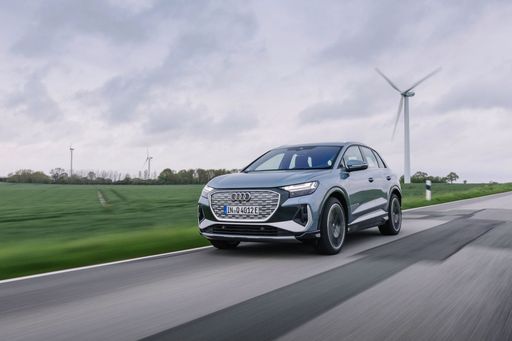 @ audi-mediacenter.com
@ audi-mediacenter.com
 @ audi-mediacenter.com
@ audi-mediacenter.com
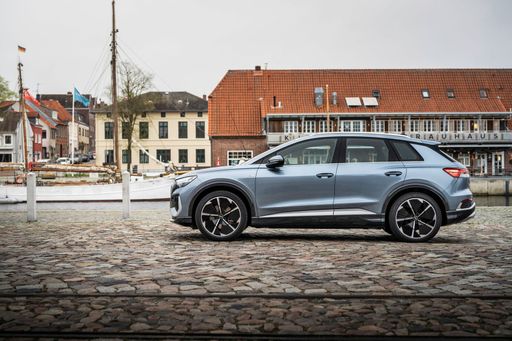 @ audi-mediacenter.com
@ audi-mediacenter.com
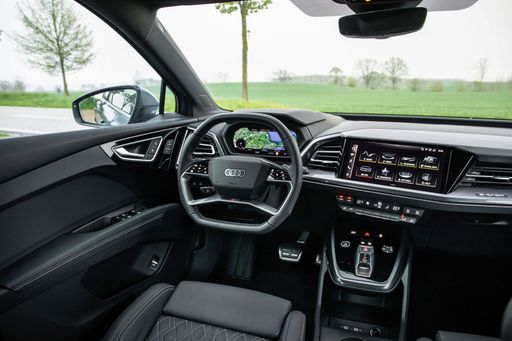 @ audi-mediacenter.com
@ audi-mediacenter.com
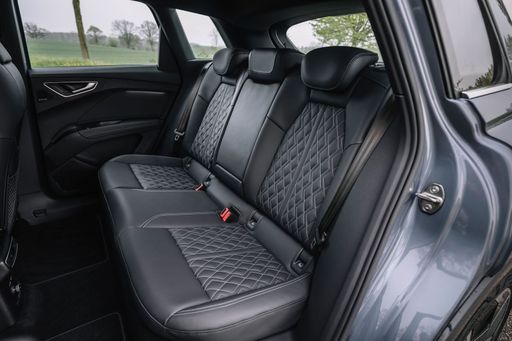 @ audi-mediacenter.com
@ audi-mediacenter.com
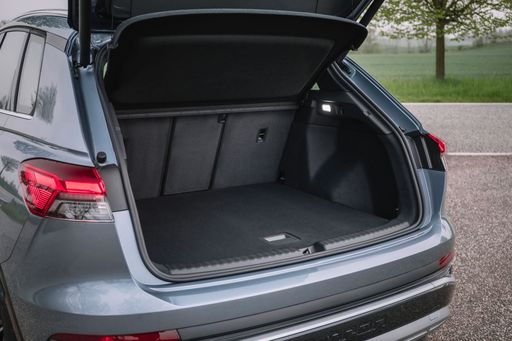 @ audi-mediacenter.com
@ audi-mediacenter.com
Polestar 2
Ford Mustang to kultowy samochód, który od lat fascynuje miłośników motoryzacji na całym świecie. Jego agresywny design i potężny silnik sprawiają, że jazda staje się niezapomnianym przeżyciem. Nie da się ukryć, że Mustang łączy w sobie klasykę i nowoczesność, przyciągając zarówno starszych, jak i młodszych entuzjastów.
szczegóły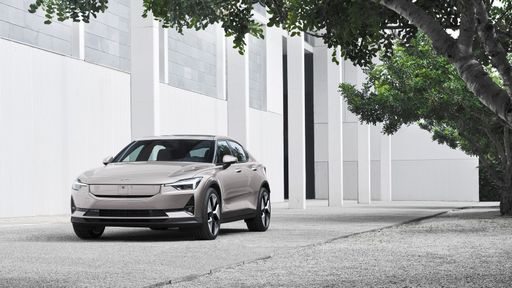 @ Polestar
@ Polestar
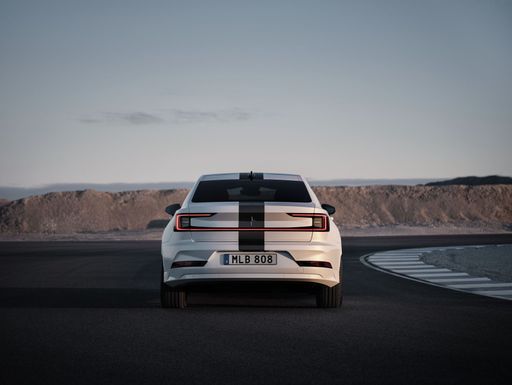 @ Polestar
@ Polestar
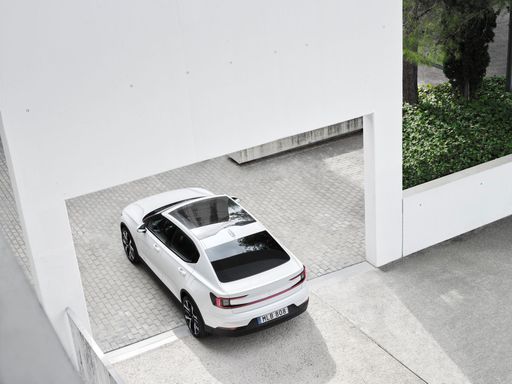 @ Polestar
@ Polestar
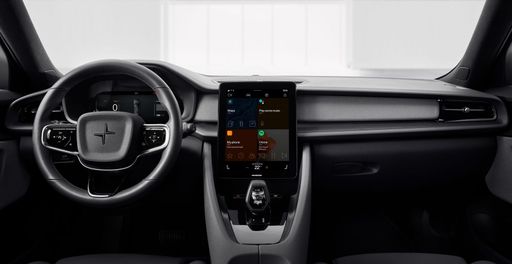 @ Polestar
@ Polestar

|

|
|
|
|
Koszty i Zużycie |
|
|---|---|
|
Cena
202700 - 301200 zł
|
Cena
215200 - 294300 zł
|
|
Zużycie L/100km
-
|
Zużycie L/100km
-
|
|
Zużycie kWh/100km
15.9 - 17.4 kWh
|
Zużycie kWh/100km
14.8 - 16.8 kWh
|
|
Zasięg elektryczny
406 - 554 km
|
Zasięg elektryczny
554 - 659 km
|
|
Pojemność baterii
59 - 77 kWh
|
Pojemność baterii
78 kWh
|
|
CO2
0 g/km
|
CO2
0 g/km
|
|
Pojemność zbiornika paliwa
-
|
Pojemność zbiornika paliwa
-
|
Wymiary i Nadwozie |
|
|---|---|
|
Typ nadwozia
SUV
|
Typ nadwozia
Sedan
|
|
Miejsca siedzące
5
|
Miejsca siedzące
5
|
|
Drzwi
5
|
Drzwi
5
|
|
Masa własna
2035 - 2235 kg
|
Masa własna
2015 - 2188 kg
|
|
Pojemność bagażnika
520 - 535 L
|
Pojemność bagażnika
405 L
|
|
Długość
4588 mm
|
Długość
4606 mm
|
|
Szerokość
1865 mm
|
Szerokość
1859 mm
|
|
Wysokość
1614 - 1632 mm
|
Wysokość
1473 - 1479 mm
|
|
Maksymalna pojemność bagażnika
1460 - 1490 L
|
Maksymalna pojemność bagażnika
1095 L
|
|
Ładowność
505 - 515 kg
|
Ładowność
375 - 421 kg
|
Silnik i Wydajność |
|
|---|---|
|
Typ silnika
Elektryczny
|
Typ silnika
Elektryczny
|
|
Skrzynia biegów
Automatyczna
|
Skrzynia biegów
Automatyczna
|
|
Szczegóły skrzyni biegów
Reduktor
|
Szczegóły skrzyni biegów
Reduktor
|
|
Rodzaj napędu
Napęd na tylne koła, Napęd na cztery koła
|
Rodzaj napędu
Napęd na cztery koła, Napęd na tylne koła
|
|
Moc KM
204 - 340 KM
|
Moc KM
272 - 476 KM
|
|
Przyspieszenie 0-100km/h
5.4 - 8.1 s
|
Przyspieszenie 0-100km/h
4.2 - 6.4 s
|
|
Maksymalna prędkość
160 - 180 km/h
|
Maksymalna prędkość
205 km/h
|
|
Moment obrotowy
310 - 679 Nm
|
Moment obrotowy
490 - 740 Nm
|
|
Liczba cylindrów
-
|
Liczba cylindrów
-
|
|
Moc kW
150 - 250 kW
|
Moc kW
200 - 350 kW
|
|
Pojemność silnika
-
|
Pojemność silnika
-
|
Ogólne |
|
|---|---|
|
Rok modelowy
2023 - 2025
|
Rok modelowy
2024
|
|
Klasa efektywności CO2
A
|
Klasa efektywności CO2
A
|
|
Marka
Audi
|
Marka
Polestar
|
Jakie rodzaje napędu ma Audi Q4 e-tron?
Model oferowany jest z napędem Napęd na tylne koła albo Napęd na cztery koła.
Wyświetlane ceny i dane są szacunkowe, oparte na niemieckich cenach katalogowych i mogą się różnić w zależności od kraju. Te informacje nie stanowią wiążącej oferty.
